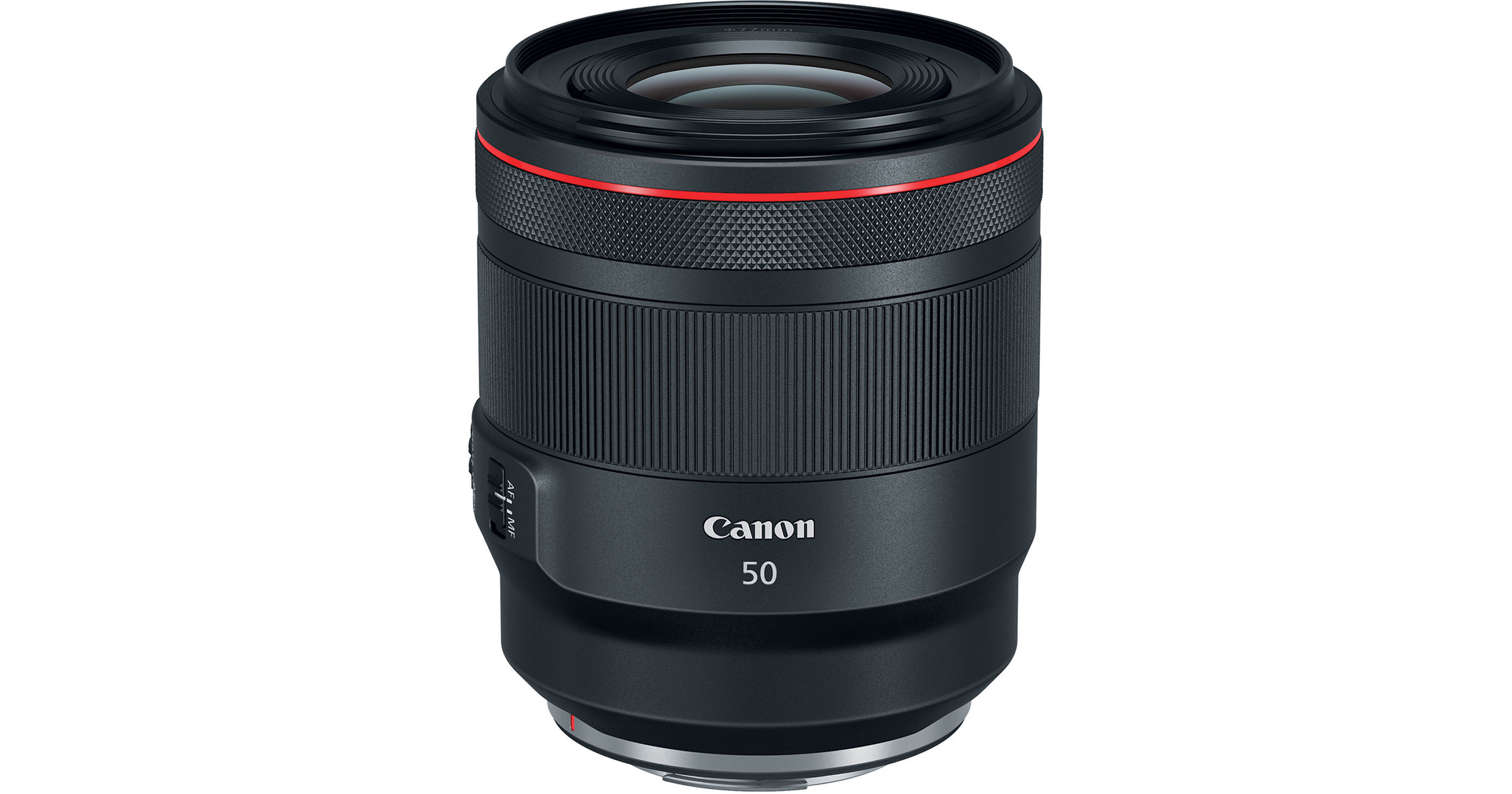AND please ALSO NOTE Fuji's introduction of the GFX-100s camera for $5999 USD which offers a full 100 megapixel MF sensor!
See review:
Introduction and Q&A with a photographer who actually shot with the camera. Fujifilm has just announced its fourth medium format camera, the GFX100S, a smaller, yet still powerful sibling of the flagship GFX100 and the GFX50S. Even though it houses the same 102MP, back-illuminated medium format...
mediumformat.com
Comparing the Sony A1 to the Canon R5 and the Fuji GFX-100s, I feel soooooo sorry for Sony that showed an UNDERWHELMING CAMERA when compared to the $3899 proper DCI-8K Hollywood Cinema/Netflix/Amazon/Apple-play production friendly 8129 x 4320 pixel Canon R5 camera and the 100 megapixel Medium Format Fuji GFX-100 for $5999 US.
The ONLY THING that gets me going for the $6498 USD Sony A1 is the 30 fps Burst Rate at the full 3:2 still photo size image frame and the 120 fps 4K video!
---
For the Best-Bang-For-The-Buck race, the winner is the Canon R5 for being $2590 cheaper than the Sony A1 and having full DCI 8K Hollywood Cinema production friendly video capture.
For the megapixel and light sensitivity race, the Fuji GFX 100s with 100 megapixels for $5999 WINS HANDS DOWN!
For compactness and toughness, the it's-a-steal for $349 GoPro Hero-8 Black with 60 fps 4K and 240 fps 1080p video is clipped to my helmet!
The Sony has 30 fps full-size still photos as 3:2 and 120 fps 4K video -- That's it!
Is that worth the $1500 Price Premium over the Canon R5?
If you're a TRUE Sony fan, then YES it's MUCH better camera than the Sony A92 but that $6499 price just kills me!
I someone gave be $6500 today, which camera would I buy of the above?
The answer is the Fuji GFX-100s cuz I want a truly LIGHT SENSITIVE MF sensor AND I WANT 100 megapixels!
V

;-) ;-)




